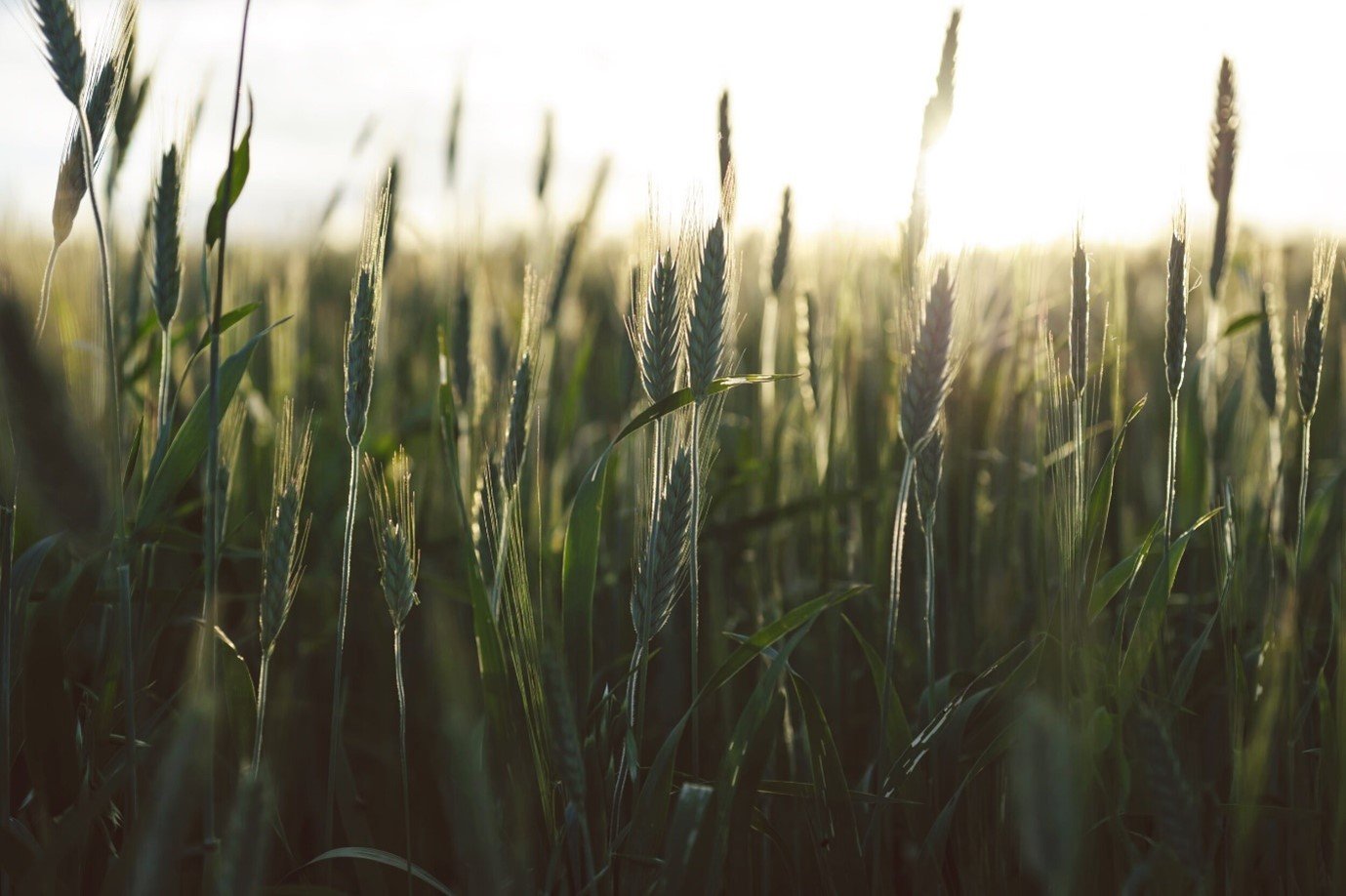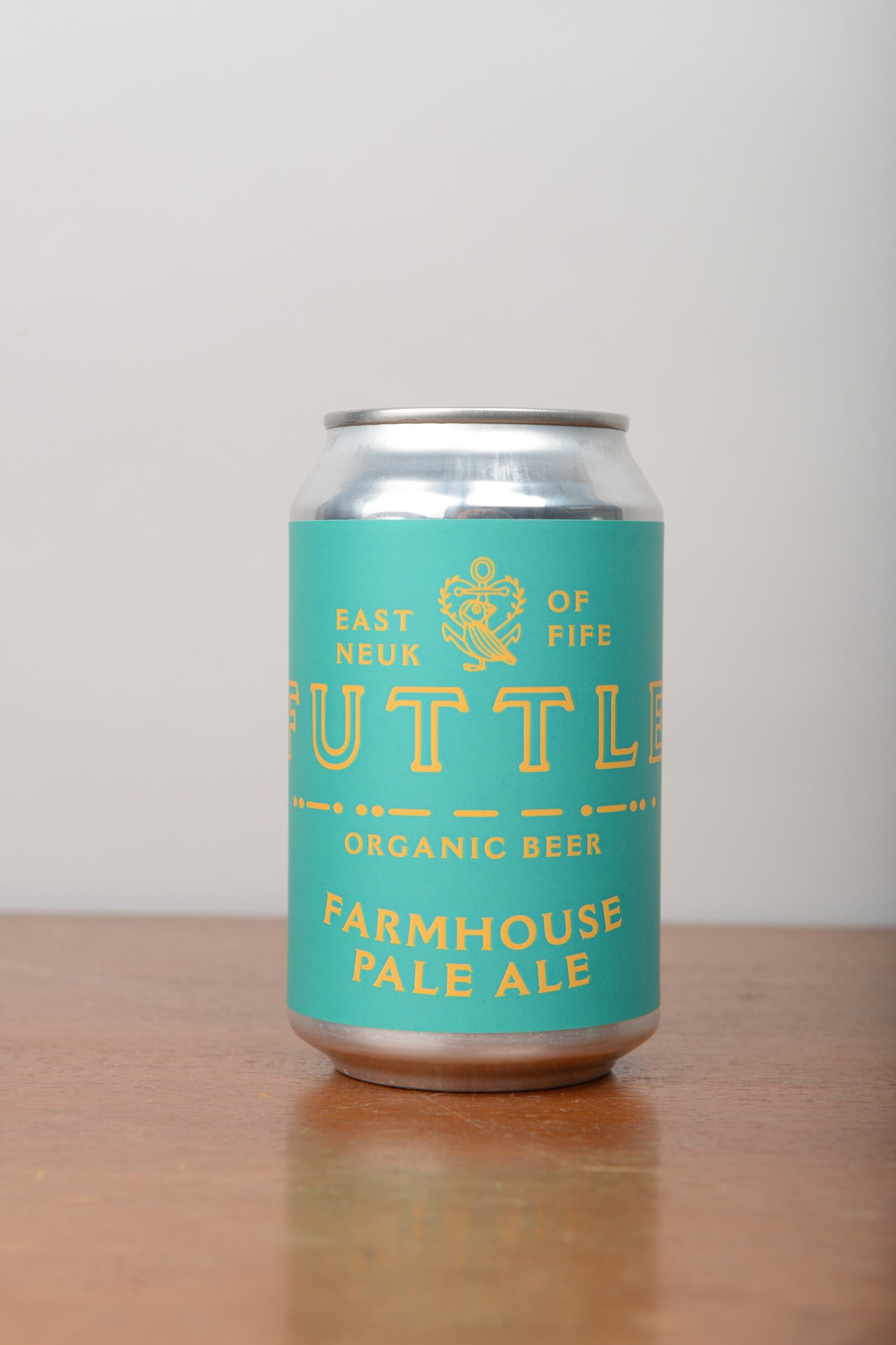Farmhouse Brewing
By Lucy Hine
We brew in an old farm building on an organic estate on the East coast of Scotland.
We’re in the farm’s old stable block actually, which is attached to three huge cowsheds. They used to keep the plough horses in the building we’re in, and the older folk in the village remember coming up here with carrots in their pockets for Danny and Judy the horses, when they were wee.
There are no cows and no horses here now but we look out on ploughed fields and see the seasons change and the farming cycles trundle on outside with their reassuring inevitability.
Historically, farmhouse beer was really anything that was made on a farm in the natural downtime in the farming calendar. These beers would have always been made with malt and hops that were grown locally, normally by the farms themselves, and then left to ferment either naturally, or with a yeast strain that was ‘cultivated’ and stored by the farm in a somewhat unsophisticated fashion from season to season.
If you were to travel and drink your way across Northern Europe today (what a lovely thought), you would see how this rustic, traditional form of brewing gave rise to a whole spectrum of styles and flavours, which are still adored and imitated by modern brewers, and sought after by drinkers everywhere from Edinburgh to Oslo.
Modern farmhouse beer doesn’t seem to want to confine itself to a simple definition. Today it could just as easily come from a brewery in a city-centre, as from one in a more remote, rural location, like ours. Provenance and location are now happily overlooked by most brewers and drinkers, as long as the style and intention are in the right place.
If you see a beer label with the word ‘farmhouse’ on it, it will either mean (a) that the beer has actually been made on a farm, or (b) that it shares something stylistic with those historic beers.
It might suggest slightly imperfect, rustic brewing techniques. Or perhaps simply that the beer is light in colour, refreshing, a little bit tart (sometimes) and almost always slightly unpolished.
The farmhouse beer that we’re releasing this week ticks most of those boxes.
We used five organic whole grains as the starting point for our recipe - barley, oats, spelt, wheat and rye - and water from our borehole on the farm. We wanted to make something malt-forward and wholesome, that felt nourishing and faithful to the idea of farmhouse brewing.
Primary fermentation was with a traditional Kveik strain. Kveik is a collective term for the historic yeast strains that have been used in Norwegian farmhouse breweries for generations. The word ‘kveik’ is derived from the old Norse word, ‘kvikk’, meaning vigorous and lively (of course, it is also the origin of the English word ‘quick’), appropriate for a yeast that ferments cleanly and fast, with reassuring vim.
We left the beer to condition in tank, and then in can, for almost three months, before releasing it this week.
It’s a rustic, sparkly pale ale - good for drinking now, on these warmer May days.
You can find it here online or on the shelves of some of our lovely independent stockists.






